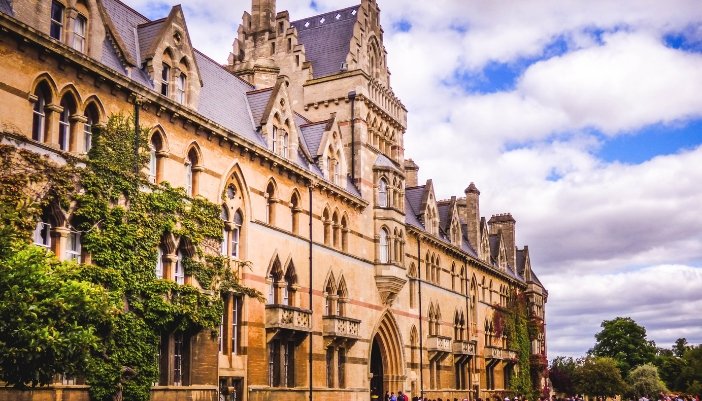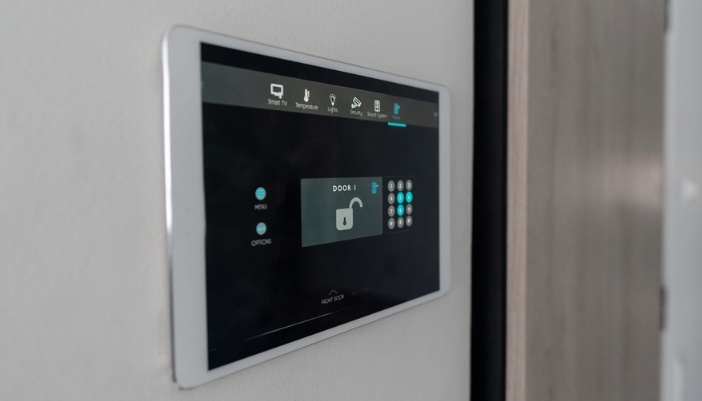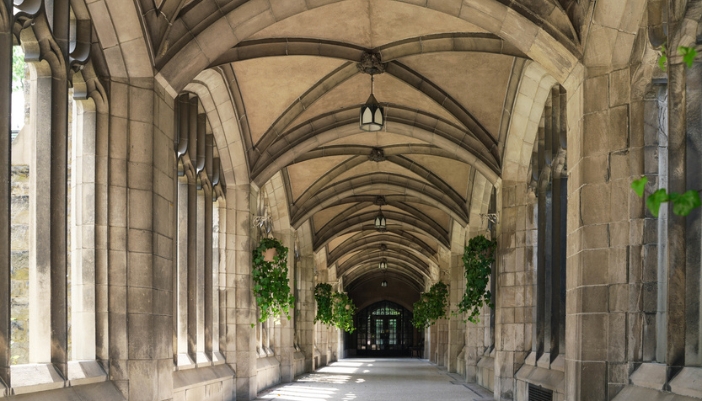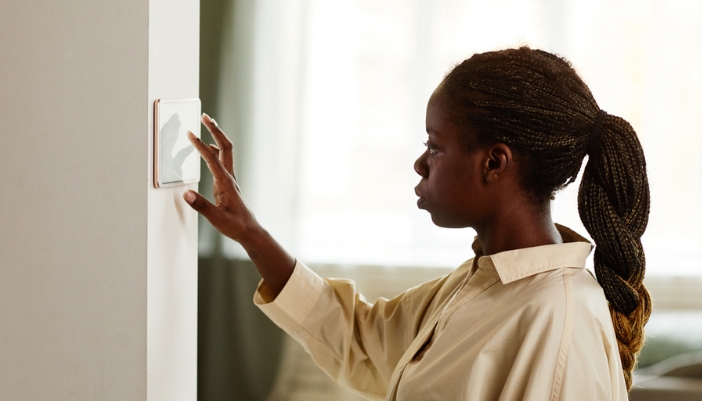Historic buildings tell rich stories through their architecture, offering a unique charm and irreplaceable character. But owning or managing these buildings doesn’t mean forgoing modern amenities! With the right touch, even the oldest structures can enjoy the conveniences of smart technology, transforming historic properties into seamlessly connected spaces that enhance business efficiency while preserving aesthetic integrity! Main Line Sound & Video integrates thoughtful automation solutions that can enhance these beautiful spaces while maintaining their heritage.
The Challenges of Automating Historic Properties
When faced with the task of modernizing a historic building, it’s easy to see why many hesitate. The fear of disrupting cherished features or failing to comply with preservation regulations can make the idea daunting. But with the right expertise, these obstacles become opportunities for thoughtful innovation. Some challenges you may run into are:
- Thick Walls: Often constructed from dense stone or brick, these walls make wireless connectivity a challenge. The solution? Strategically placed signal boosters and smart planning to ensure seamless coverage throughout the property.
- Intricate Details: Beautiful woodwork and delicate moldings can’t be disturbed without consequence. Custom integrators find creative ways to run wiring invisibly and use existing structures to house tech without altering original features.
- Preservation Restrictions: Strict guidelines often dictate what modifications can be made. Navigating these requires detailed knowledge of both building codes and creative tech solutions that work within those parameters.

Collaborating for Tailored Solutions
Bringing modern technology into historic buildings isn’t a one-person job—it’s a collaborative effort that requires expertise from multiple fields. Successfully blending the past with the present means working hand-in-hand with other industry experts!
- Partnerships with Preservationists: These experts know the building’s history inside out, and their insights help create plans that are sensitive to the space’s story while integrating modern tech.
- Architectural Insight: Integrators don’t just look at a room; they see how it was designed to be used. This understanding allows for tech placement that aligns with the structure’s original purpose.
- Custom Planning: Each building has its quirks—an old servant’s stairway here, a hidden alcove there. A one-size-fits-all approach won’t cut it. Custom planning ensures every piece of tech serves a purpose without detracting from the original design.
Hidden Technology: Seamless, Unseen Integration Solutions
In a historic setting, the last thing you want is technology stealing the show. The challenge lies in making it powerful yet nearly invisible so that the building itself continues to be the focal point. Fortunately, innovative solutions make it possible to blend the two effortlessly.
- Discreet Speakers: Hidden speakers can be installed in walls or ceilings, delivering high-quality audio without disrupting the visual appeal.
- Wireless Solutions: Wireless connectivity eliminates the need for disruptive wiring, preserving the structure’s original integrity.
- Recessed Screens and Control Panels: Screens, TVs, or control panels can be recessed into walls or furniture, keeping them hidden until needed.

Enhancing Security While Preserving Aesthetic Integrity
Security upgrades often conjure images of obtrusive cameras and bulky equipment that jar against classic interiors. But safeguarding historic spaces doesn’t have to mean sacrificing their charm. With today’s advanced options, it’s easier than ever to keep a building secure while maintaining its visual elegance.
- Paintable Sensors: Door and window sensors that blend into the existing trim and moldings.
- Concealed Cameras: Discreetly installed in nooks and crannies to maintain the building’s appearance.
- Smart Access Control: Remote monitoring for enhanced security while preserving aesthetics.
By incorporating smart access control and remote monitoring, security is strengthened without compromising on aesthetics, keeping both the building’s history and valuable assets secure.
Energy Efficiency and Environmental Controls for Historic Spaces
Older buildings were never designed with energy efficiency in mind. Drafty windows and dated heating systems can drive up utility costs and impact comfort. But modern climate control solutions can work wonders, making sustainability achievable without altering the space’s historical integrity.
- Historic-Looking Vent Covers: Modern HVAC solutions can include customized vent covers made to match the building’s architectural style, keeping the visual harmony intact.
- Zoned Climate Control: Heat or cool specific areas to keep different rooms comfortable without overworking the system.
- Smart Controls: Automated systems that monitor and adjust your environment can help reduce energy costs and improve sustainability.
Modern AV and Communication Solutions
Imagine a boardroom with stunning century-old woodwork or a grand lobby with marble columns—now imagine trying to install modern AV equipment without disrupting that beauty. Integrating today’s communication tools while honoring these spaces isn’t just possible; it can be done with elegance and ease.
- Recessed Projectors: Perfect for conference rooms, hidden when not in use.
- Wireless Presentation Systems: Eliminate visible cords and maintain the classic look.
- Voice Assistants: Seamlessly integrated to support modern work without altering the space.
Business-Specific Use Cases for Historic Building Automation
Not all historic buildings serve the same purpose, and their tech needs can be as unique as their architecture. From cozy boutique hotels to bustling museums, finding tailored solutions means understanding how smart automation can enhance specific experiences without overshadowing the past.
- Hospitality: Hotels in historic buildings benefit from automated guest check-in, personalized room settings, and seamless AV systems in event spaces, all while preserving the building’s charm.
- Retail: Historic storefronts can use discreet lighting and climate controls to enhance customer experience while maintaining a classic appeal.
- Museums and Galleries: Custom lighting control and environmental monitoring protect sensitive exhibits while allowing precise, unobtrusive control over the environment.

Bringing Innovation to Historic Spaces
With the right approach, historic buildings and modern technology can harmoniously coexist. Partnerships between preservation experts and skilled integrators can help these properties retain their beauty while embracing tech's benefits.
If you’re ready to elevate a historic building to the next level of innovation, let's talk about the possibilities. From energy savings to seamless security, our team of experts can help you create a custom solution that respects the past while building a brighter future!
